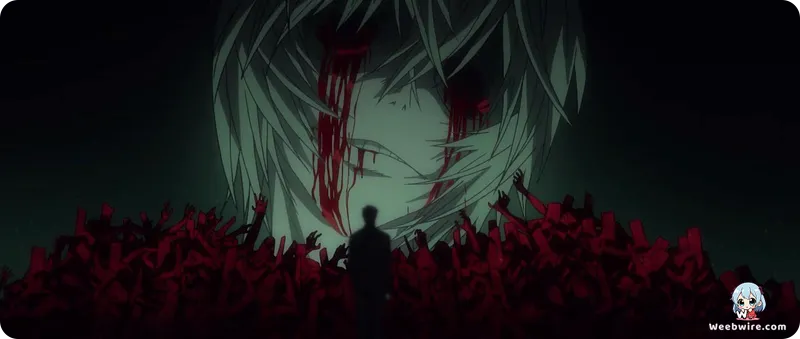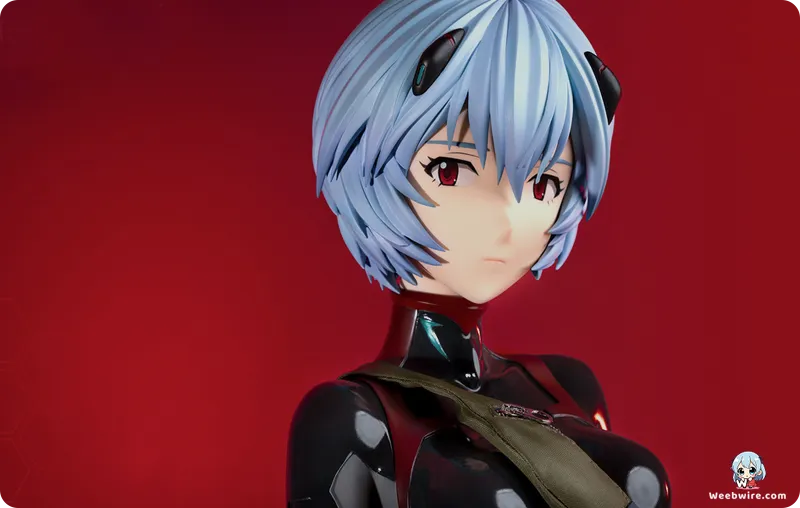Evangelion: 3.0's Seismic Shift: Unpacking the 14-Year Time Skip and Anno's Vision

Evangelion: 3.0 You Can (Not) Redo, known in Japan as Evangelion Shin Gekijōban: Q, made its debut in 2012 from Studio Khara. This installment represented a significant and often divisive turning point in the Rebuild of Evangelion film series. It boldly veered away from conventional storytelling, plunging its protagonist, Shinji Ikari, and its audience into a perplexing and hostile world marked by radical transformations. While celebrated for its stunning animation and profound psychological depth, the film's unique and challenging position within the Evangelion saga is best understood through several key facts and behind-the-scenes insights.
Central to its narrative is the monumental 14-year time skip, a deliberate and audacious decision by director Hideaki Anno. This chronological leap dramatically reshapes the story, revealing a world devastated by the "Near Third Impact," a catastrophe for which Shinji bears considerable responsibility. This abrupt discontinuity forces viewers to re-evaluate every established relationship, mirroring Shinji's intense alienation and disorientation.
Character designs visually emphasize this passage of time. While Shinji remains physically unchanged due to the 'curse of Eva,' characters like Asuka Langley Shikinami and Mari Illustrious Makinami appear visibly matured, bearing the marks of prolonged conflict. Asuka's iconic eyepatch signifies a severe injury and a hardened demeanor, a stark contrast to her earlier portrayal. Mari, too, exhibits a more commanding presence, reflecting her active role in the ongoing war.
Studio Khara's technical expertise reached new heights in this film, showcasing cutting-edge visuals in its breathtaking depiction of desolate landscapes, the intricate Wunder battleship, and visceral action sequences involving new Eva units. Sophisticated CGI integration allowed for complex camera movements and extensive environmental destruction, contributing immensely to the film's unique aesthetic and overwhelming sense of dread.

A poignant layer is added by director Hideaki Anno's personal struggles with depression during the film's production. These struggles heavily influenced the film's exceptionally bleak tone, Shinji's profound isolation, and the pervasive despair. Themes of misunderstanding and the inability to connect offer crucial context for the film's often-debated narrative choices.
The introduction of Wille, an anti-NERV organization led by a transformed Misato Katsuragi, further intensifies Shinji's isolation. Misato's cold suspicion, a radical departure from her previous guardian role, deliberately heightens Shinji's sense of abandonment and compels him to confront his actions in agonizing solitude. This challenges viewers' perceptions, forcing them to grapple with familiar heroes becoming adversaries.
Finally, Shiro Sagisu's soundtrack evolved significantly, incorporating industrial sounds, dissonant harmonies, and experimental soundscapes. This deliberate musical shift underscored the grim atmosphere, emphasizing Shinji's loneliness and profound loss, solidifying Evangelion: 3.0 as a bold artistic statement that continues to spark discussion among fans.
Credits
Evangelion: 3.0 You Can (Not) Redo
Author
Hideaki Anno
Cover Art
Yoshiyuki Sadamoto
Studio
Studio Khara
Publisher
Khara, Inc.
Producers





